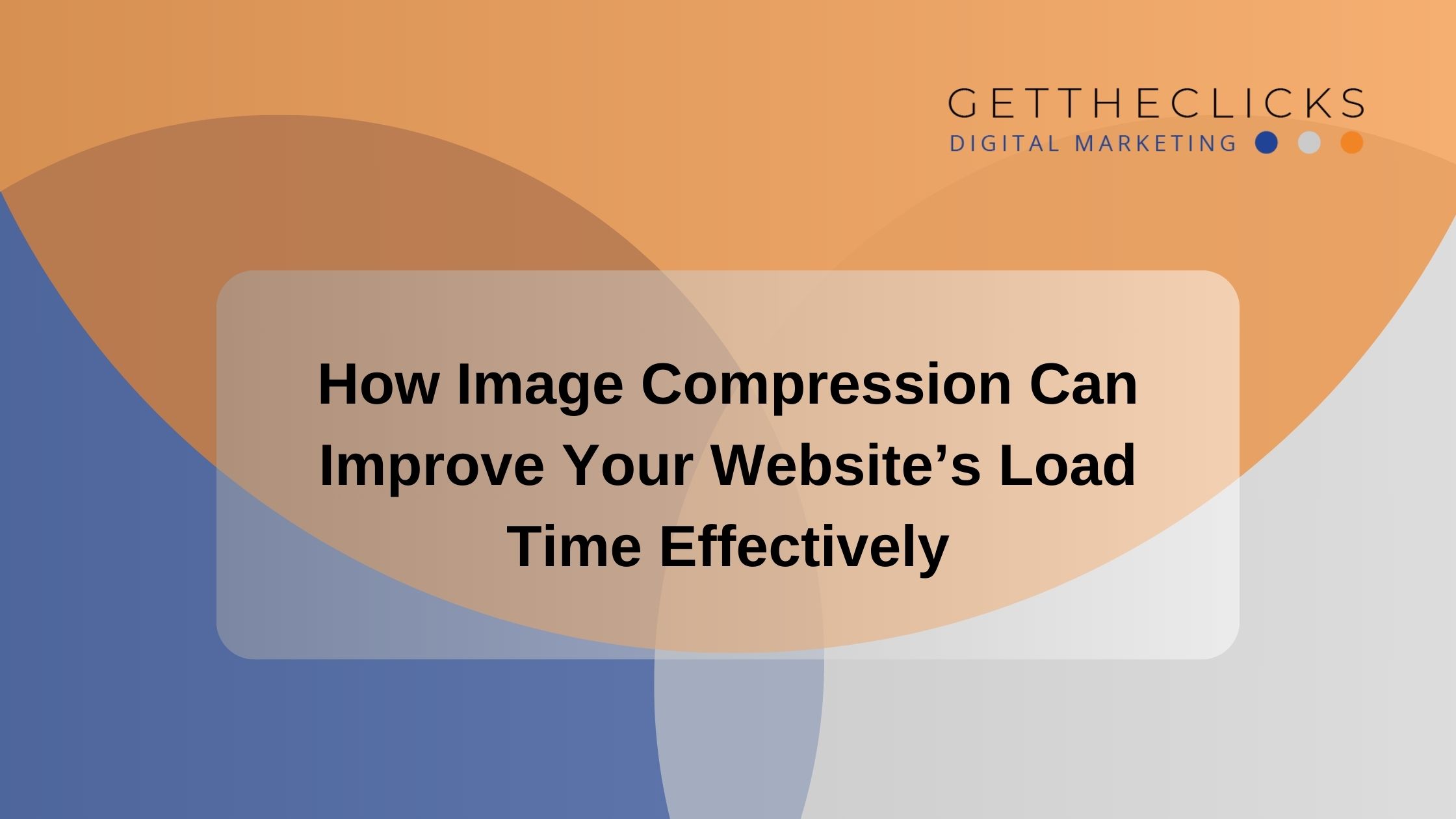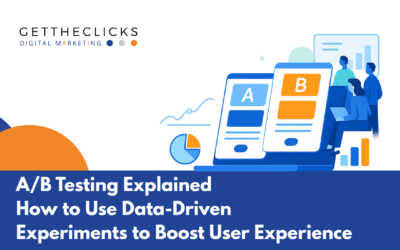Your website’s load time is crucial in today’s digital world. During website development, you should prioritize fast load times. One way to do that is through image compression, which significantly affects loading times.
By reducing file size without losing quality, you can speed up your website and give your users a seamless experience that keeps them engaged. Faster load times mean higher conversion rates, better SEO, and overall user happiness.
What is Image Compression, and How Does it Work?
Image compression is a technique for reducing the file size of images on your website without losing quality. Image compression removes unnecessary data from the image file, like redundant pixels or metadata, reducing the overall file size.
There are two types of image compression:
- Lossless Compression: This method preserves the image’s original quality by removing only non-essential data. It is suitable for images where high quality is critical, like professional photography or detailed graphics.
- Lossy Compression: This method dramatically reduces file size by discarding some of the image data. While this will reduce image quality slightly, but is often imperceptible to the average user and is great for web use.
Image compression can be done through image editing software, online tools, or specialized plugins for image optimization. Many tools can help you stay ahead of the curve in SEO and web development. By compressing images, you can reduce file sizes, and that will speed up your website’s load times and improve user experience.
How Image Compression Affects Website Load Times
Website loading times and images are significant factors in your website’s performance. Compressing images reduces their file size, shortening the time it takes for pages to load.
Large uncompressed images can slow down your site and lead to high bounce rates and lower engagement. By reducing the data required for images, users can access content faster and have a smoother and more enjoyable experience.
Compressing images also helps strike a balance between visuals and performance. Beautiful, high-resolution images can be preserved while still being optimized for faster loading. This balance is key to achieving aesthetics without sacrificing speed.
Image optimization can also reduce server storage space, which is good for overall site maintenance. Streamlined image files will make your site perform well regardless of traffic.
Effective image compression can drive conversions, as users are likelier to interact with websites that load fast.
Choosing the Right Image Format for Your Website
Choosing the right file format for your images is essential for quality and performance. Different image formats serve various purposes and should be selected based on the type of content:
- JPEGs are good for photos and complex images with color gradients. They are efficient in compression and quality.
- PNGs are good for images that require transparency or flat colors like logos or icons.
- GIFs are good for simple animations but should be used sparingly. They have a limited color range and larger file sizes for complex visuals.
Converting images to the proper format can be done using image editing software, which usually allows quick adjustments. This decision affects visual clarity, file size, and overall site performance.
Next-Gen Image Formats
To go even further, consider next-gen image formats. These formats are designed to be compressed and quality better than the old formats like JPEG, PNG, and GIF:
- WebP: Developed by Google, WebP is lossy and lossless. It has transparency like PNG and animations like GIF but at a fraction of the file size. Most modern browsers support WebP, which is perfect for reducing load times without sacrificing quality.
- AVIF: A newer format that’s even better compressed than WebP, AVIF has HDR color and transparency. It’s excellent for high-resolution images and small file sizes. But browser support is still growing.
- JPEG XL: Combines the best of traditional JPEGs with advanced compression. It supports higher quality at smaller sizes and offers backward compatibility with older JPEGs, making it a promising format for future web optimization.
Using these next-gen formats means your images will load fast and sharp for an overall better user experience. Tools like online converters, plugins, or software like Photoshop and Squoosh can help you convert your images to these formats.
Choosing the correct format and converting to next-gen formats will significantly affect your site’s visual clarity, load times, and overall performance.
Optimize Images for Faster Load Times
Resizing images to the correct dimensions before uploading can speed up web page load times. Oversized images add unnecessary file weight and slow download times. Image editing tools can resize these images precisely to optimize the website’s layout.
Consider using WordPress plugins that automate resizing and compression so you don’t have to adjust manually. These plugins will streamline the optimization process so you can focus on other site management tasks. Appropriately resized images will load faster, and users will be more satisfied..
Automating Image Optimization
Automating image optimization is a game changer, especially for websites with many images. Many tools and plugins can streamline this process so your images are continually optimized for web use without manual intervention.
Using Automatic WordPress Plugins
WordPress plugins are handy for automating image compression and website performance. Many plugins like Smush and TinyPNG can resize, compress, and optimize images upon upload.
- Smush: Automates compression, has bulk optimization, and supports lazy loading.
- TinyPNG: Specializes in reducing PNG and JPEG file size with minimal quality loss.
These plugins will simplify image optimization, so you don’t need technical expertise to maintain high site performance. They provide an easy and user-friendly solution to managing image size.
Compress Images for Better Website Performance
Using online image compression tools can further simplify your workflow:
- Image Optimizer: Batch compression and file size reduction for multiple image formats.
- TinyPNG and JPEGmini: Have online and downloadable tools to reduce file size.
Compressing images will reduce page load time, which is good for user experience and site ranking. Compression tools will allow you to preserve visual quality while reducing data requirements for faster load time.
Lazy Loading Images for Better User Experience
Top image optimization tips include Lazy Loading, a performance optimization technique. Here, images only load when they become visible on the user’s screen. This will conserve resources by loading fewer images upfront, improving initial page speed and data usage.
Using Smush to enable lazy loading is good for sites with many images. Lazy loading will make your visitors experience faster page load, which can lead to higher engagement and retention rates.
Measuring Image Compression Impact on Website Load Time
To test the effectiveness of image compression, run a speed test on your website using tools like Google PageSpeed Insights or GTmetrix. These tools will give you insights into load time, file size, and areas for improvement. Compare the speed metrics before and after optimizing images to see the difference.
Run speed tests regularly to determine which parts of your site need optimization. This will help you maintain consistent load time and optimal performance for your audience.
Enhance Your Site’s Performance With Get the Clicks
Want to optimize your website speed and performance? Our team at Get the Clicks can help you with custom image optimization strategies for faster load time and better user experience. Contact us today to see how we can help your site perform better!





